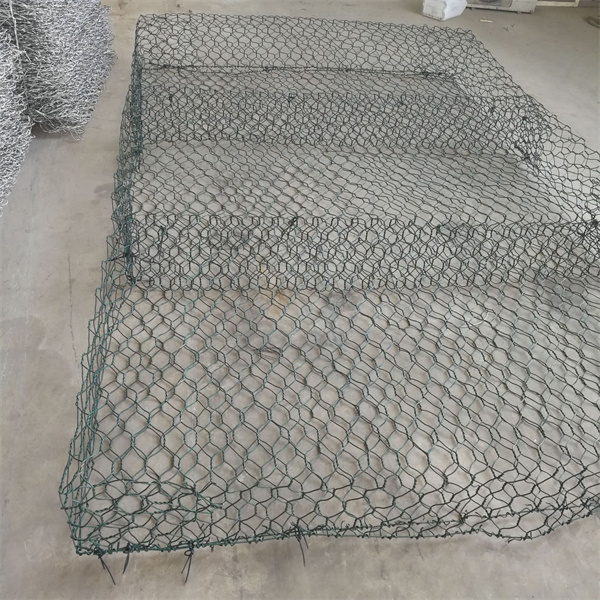нов . 25, 2024 16:06 Back to list
Durable Rockfill Structures for Erosion Control and Landscape Enhancement
The Versatility of Gabion Stones in Modern Landscaping
Gabion stones have emerged as a popular choice in modern landscaping and construction, thanks to their aesthetic appeal and functional benefits. These stone-filled wire cages provide a unique solution for various applications, from retaining walls and erosion control to decorative features in gardens and urban spaces.
What are Gabion Stones?
Gabions are essentially mesh baskets filled with stones, boulders, or other materials. Initially used in military fortifications, their applications have evolved significantly over the years. Today, they serve as innovative landscaping elements that combine practicality with natural beauty. The term gabion comes from the Italian word gabbione, meaning big cage, which aptly describes their structure.
Advantages of Using Gabion Stones
One of the primary benefits of using gabion stones is their environmental friendliness. They allow for natural drainage, reducing the risk of water pooling and erosion. The gaps in gabion structures provide habitats for small wildlife and plants, promoting biodiversity in urban settings. Moreover, gabions can be filled with locally sourced stones, minimizing transportation emissions and contributing to sustainable construction practices.
Gabion walls are also incredibly durable. Unlike traditional concrete structures that can crack and deteriorate over time, gabions are flexible and can adapt to ground movements. This resilience makes them ideal for areas with challenging soil conditions or where land shifts are common. Furthermore, the natural stone filling provides an aesthetically pleasing appearance that blends well with its surroundings.
gabion stone

Applications in Landscaping
There are numerous ways to incorporate gabion stones into landscaping projects. One popular application is in the construction of retaining walls. These walls not only help to manage soil erosion but also create visually appealing terraces in sloped gardens. The use of different sized stones or colored materials can add texture and interest, transforming a simple wall into a focal point.
In addition to retaining walls, gabions can also be used as garden borders, seating areas, or decorative planters. Their versatile design allows for creative layouts, giving gardeners the freedom to explore their imaginative landscaping ideas. For instance, a series of gabion benches filled with smooth pebbles can create an inviting sitting area in a park or garden.
Erosion Control and Flood Management
Gabion stones play a crucial role in erosion control projects. When placed along riverbanks or coastlines, they act as a barrier that absorbs the energy of moving water, helping to prevent soil erosion. Additionally, gabions can be employed in flood management strategies to redirect water flow and minimize damage during heavy rainfall.
Conclusion
In summary, gabion stones represent a fusion of functionality and aesthetic value in contemporary landscaping. Their versatility allows for their use in various applications, from erosion control to decorative elements. As we continue to seek sustainable building practices, gabion stones are likely to gain even more popularity in future landscaping projects. By incorporating these resilient, eco-friendly structures, we can enhance our outdoor spaces while also protecting the environment. Whether used in large-scale constructions or intimate garden designs, gabion stones offer a unique solution that meets both practical and artistic needs.
-
Transform Your Outdoor Space with Gabion Fences
NewsApr.01,2025
-
The Versatility of Gabion Baskets for Your Projects
NewsApr.01,2025
-
The Importance of a Protective Net Sleeve for Your Valuable Investments
NewsApr.01,2025
-
The Benefits of Gabion Walls for Your Next Project
NewsApr.01,2025
-
Gabion Baskets
NewsApr.01,2025
-
Discover The Benefits of Protective Nets
NewsApr.01,2025
-
The Essential Guide to Gabion Supplies
NewsMar.12,2025






